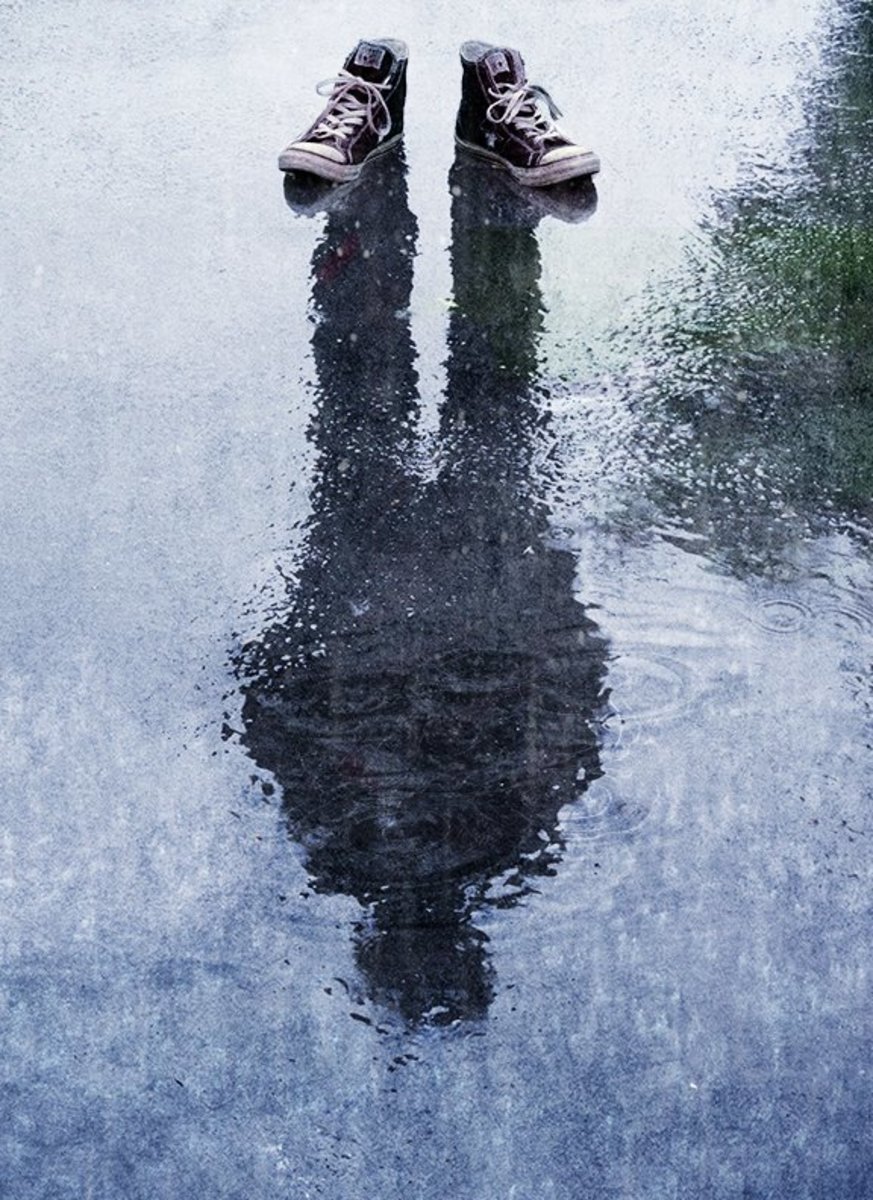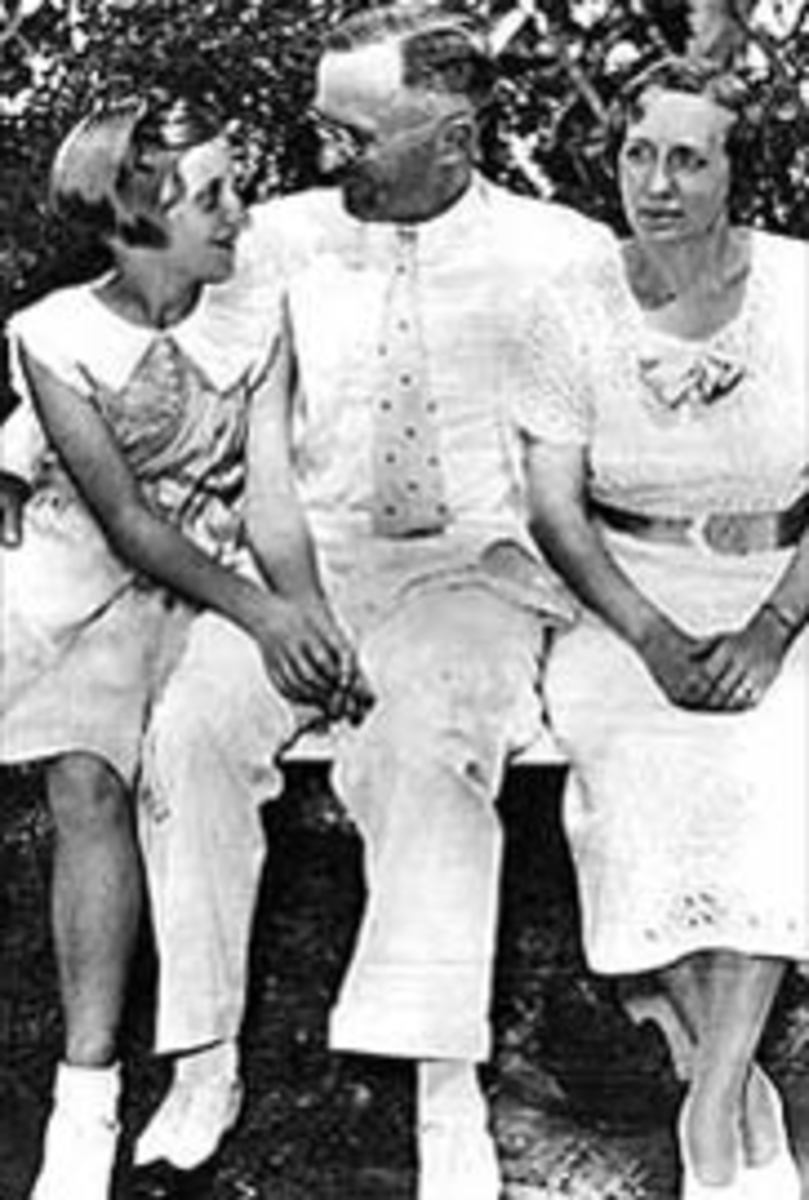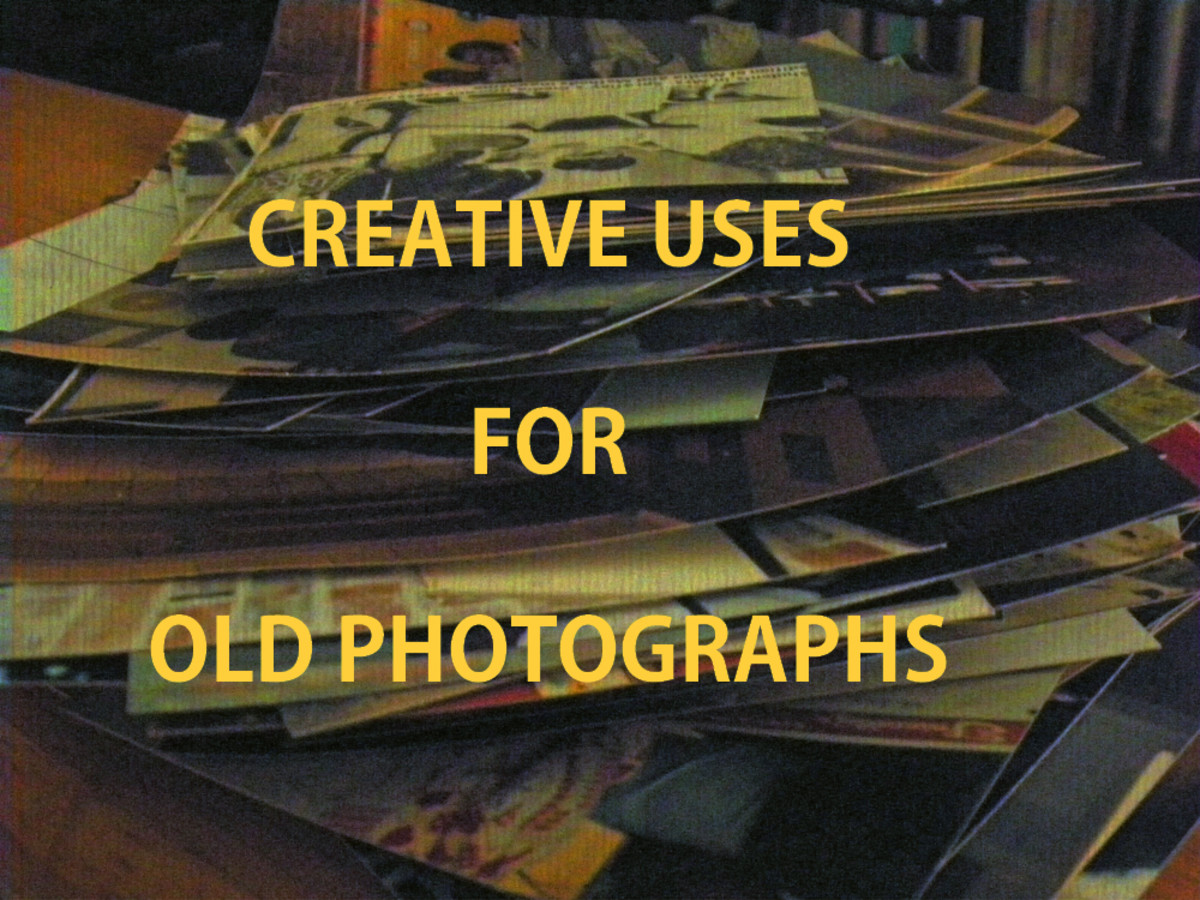EVOLUTION OF PHOTOJOURNALISM
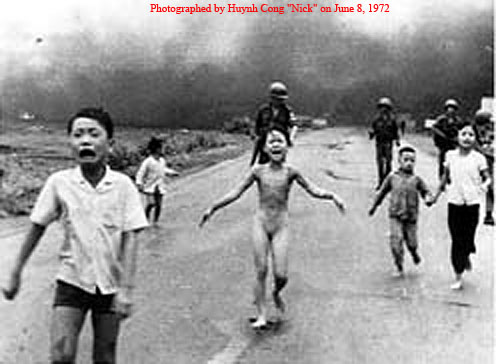
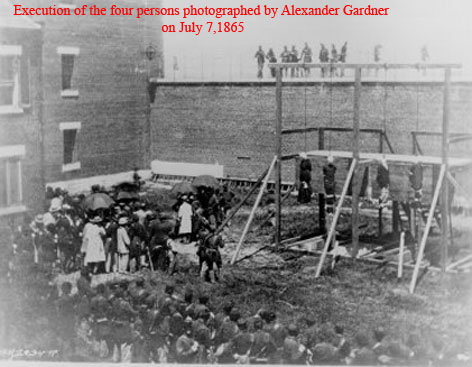
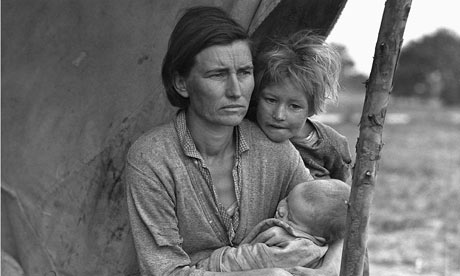
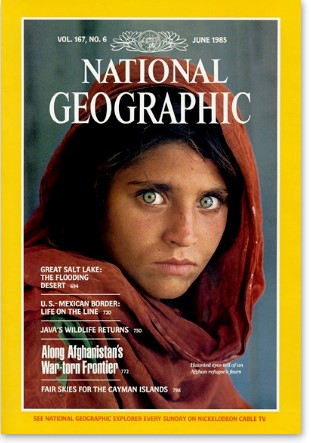
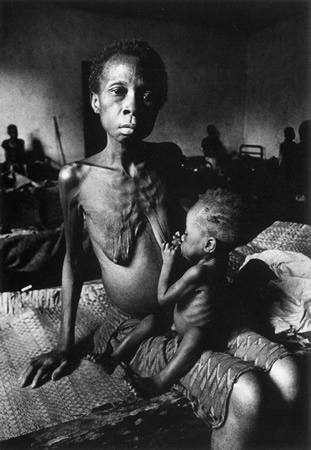


It was a photo which changed the way people looked at the Vietnam War. The sensational photograph of a totally naked little Vietnamese girl scampering for safety, with her skin on fire from napalm shocked readers around the world. Visuals profoundly affect us, but what makes photojournalism so arresting is its capacity to capture the intensity of the action. Henry Luce the founder of LIFE magazine, always insisted that photographs must be taken using “mind-guided cameras”. Obviously newspaper photography is different from say wedding photography or fashion photography. In all other kinds of photography, the accountability of the photographer is to their subjects. But in photojournalism, his accountability is to the public and to ensure that the photo conveys the news as accurately as possible.
Selection of photographs is on the basis of certain criteria, like timeliness, accuracy and objectivity of presentation. There is also a fourth element namely narration, which means the photos, should match the news content.
Growth of photojournalism is closely linked with the development of camera and the mind guiding it. The first great impetus was the introduction of Ermanox cameras in 1924 and the Leica in 1925. The Leica was particularly useful to capture the unfolding action. Realizing the potential of news photos Life, Sports illustrated, and the Daily Mirror began to make extensive use of it.
For the first time, photojournalism helped in conveying not only the sedate political actions around the world but also the more brutal wars fought elsewhere. It was the Crimean war which was first frozen into pictures. But the American Civil war had many chilling moments to show. Alexander Gardner had photographed the execution of the prisoners of civil war. The most interesting was the hanging of Mary Surrat, the first woman in America to be executed. It is a hot day and they show her waiting with other prisoners facing the gallows but with a parasol to shield her from the hot sun. There were others too who had photographed historical moments for posterity. Jimmy Hare documented the Spanish American wars. Horace W. Nicholls the South African War, Luigi Barzini, the Russo-Japanese War and Augustin Victor Casasola the Mexican Revolution. The First World War though well documented was censored, and so we may never know its more poignant moments.
The decades between 1930’s and 50’s is usually called the golden age of photojournalism. Some of the photographs of this period were in fact representative of the era and some even iconic. For example Dorothea Lange’s photograph of a migrant mother beautifully captured the desperation of the masses during the great depression. Closer to our time who can forget the piercing gaze of Shargat Gula, the Afghan girl who stared out of the covers of National Geographic magazine’s June 1984 issue.
By the 1970’s photojournalism was recognized as an art. There were numerous galleries showing exhibitions of the works of photojournalists, and museums having retrospectives. Works of news photographers like Don McCullin were shown in galleries around the world and people’s interest in this genre increased rapidly. With the advent of digital photography and citizen journalism, I believe that the golden age of photojournalism is yet to come




